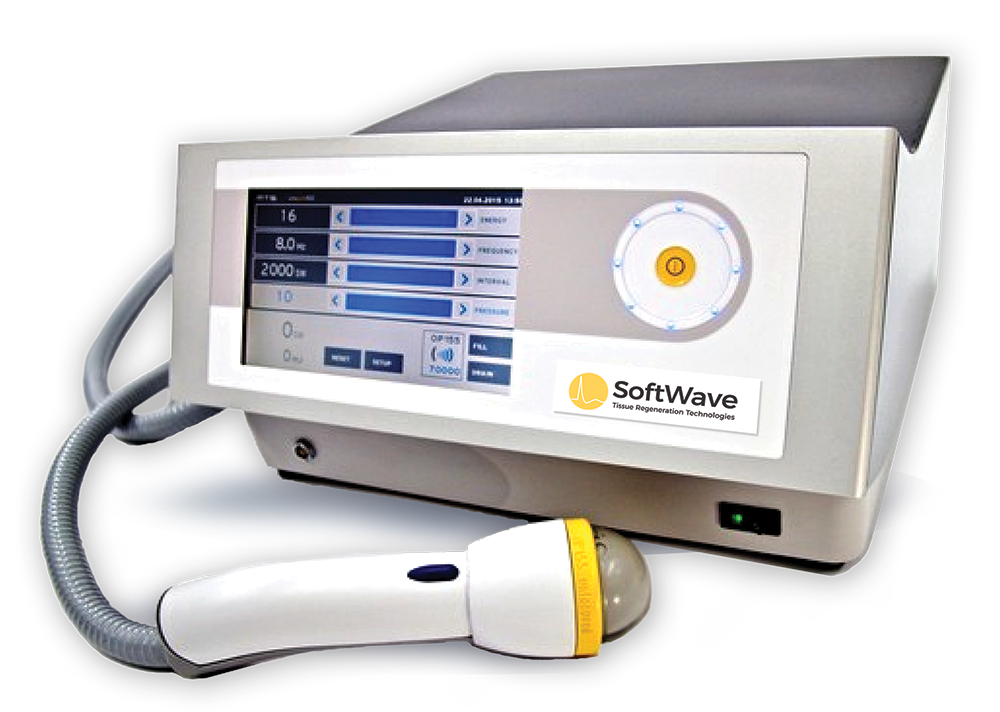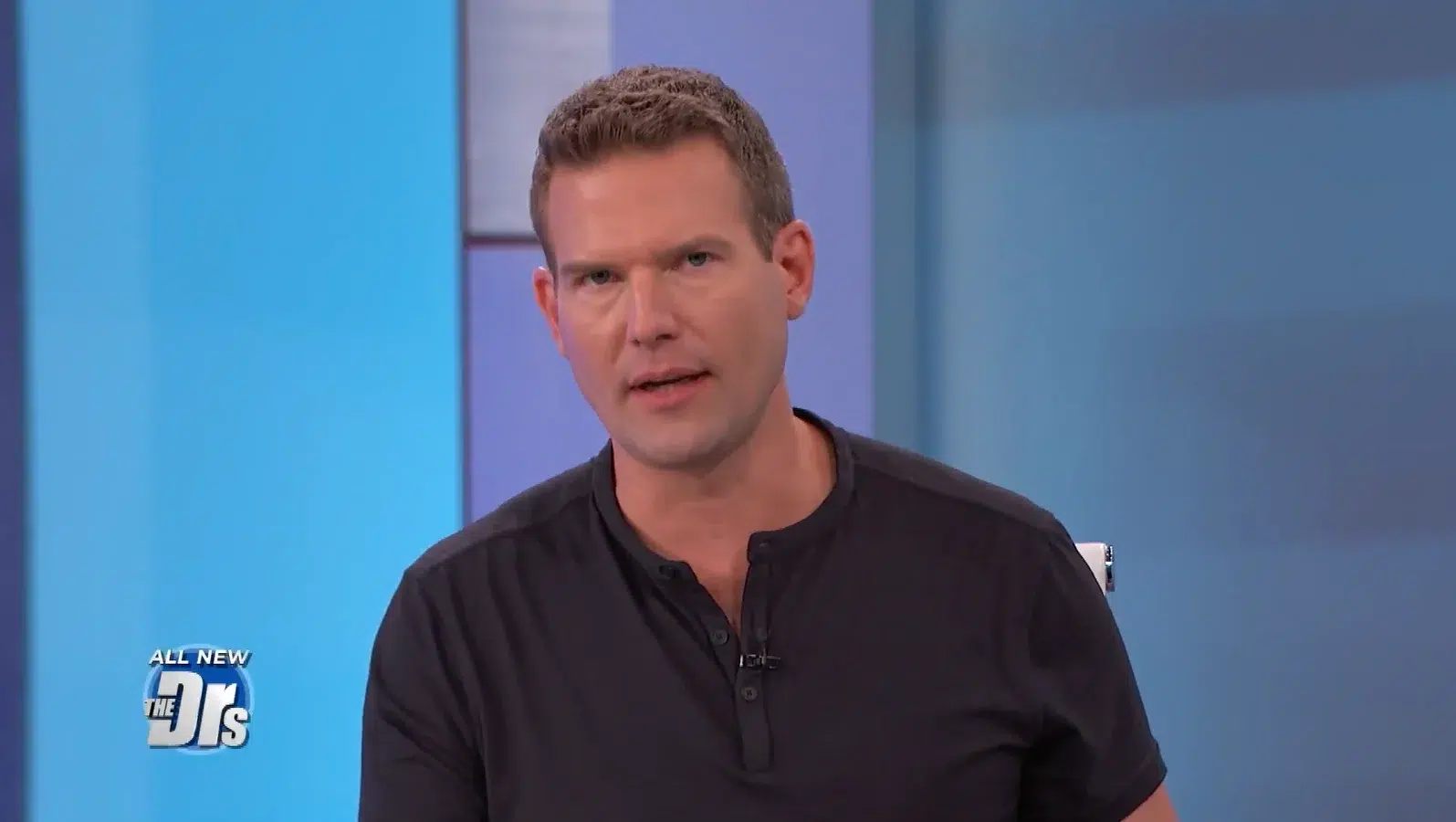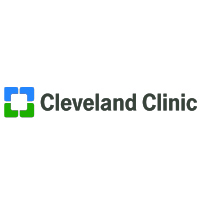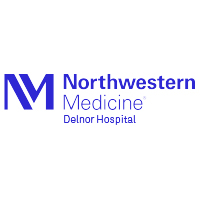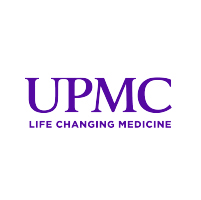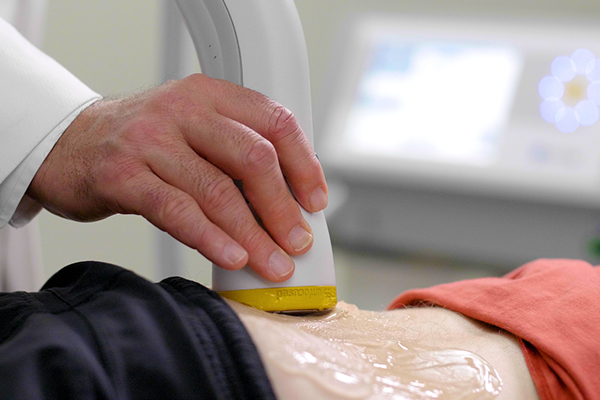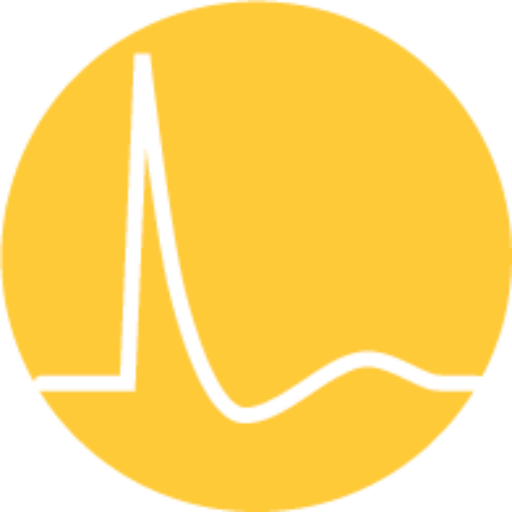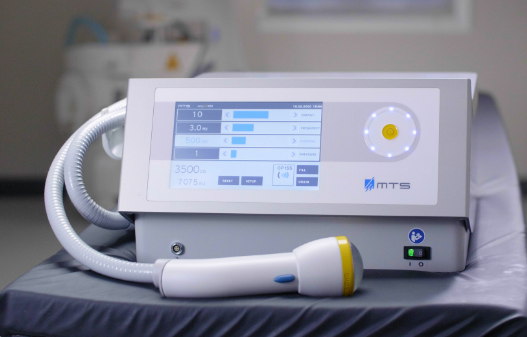SOFTWAVE THERAPY FOR STRESS FRACTURES
Let Healing Begin with SoftWave
SoftWave therapy is a non-invasive treatment that uses patented technology to promote healing at the cellular level, improve blood supply, and initiate the body’s natural healing process.
- Improves blood supply and reduces inflammation
- Patented and FDA(510k) cleared
- 10-15 minute treatment sessions
- Fast acting with long term results
- No downtime, anesthesia, or numbing agents needed
Schedule a $69 new patient appointment or contact us for assistance.
Schedule a $69 new patient appointment or contact us for assistance.
Treat Stress Fractures with An Affordable Alternative to Surgery, Injections, or Medication
Join the thousands of patients who have experienced life-changing relief from SoftWave Therapy.
Trusted By Experts Around The Country
Treating Stress Fractures With SoftWave Therapy
Tiny cracks in a bone are called stress fractures, and they appear due to overuse and repetitive force. Stress fractures are most common in bones that bear weight like those in the lower leg and foot.
Tiny cracks in a bone are called stress fractures, and they appear due to overuse and repetitive force. Stress fractures are most common in bones that bear weight like those in the lower leg and foot.
SoftWave can be a powerful and effective treatment solution for stress fractures. SoftWave is clinically proven with a 61% to 91% improvement in musculoskeletal and general pain complaints. It has helped thousands of patients get real lasting relief.
Stress fractures can worsen over time and cause chronic issues if not allowed to heal properly. They can also multiply if their underlying causes are not addressed. Stress Fractures can cause various symptoms including:
- Tenderness in the affected area
- Swelling
- Pain
- Chronic conditions if left untreated
Common causes of stress fractures include intense activity, weakened bones, lack of nutrients, foot problems, and previous stress fractures.
SoftWave providers can develop a plan to treat stress fractures. With our $69 New Patient Special, you can try SoftWave today and learn if you’re a candidate for treatment.
Hear From SoftWave Patients With Stress Fractures
Clinical Studies: SoftWave For Stress Fractures
Non-Invasive Healing with Shockwave Therapy for Tissue and Bone Disorders
This study investigates the effects of Extracorporeal shockwave therapy (ESWT) on various tissues such as fractures, osteoarthritis, bone to cartilage, and osteonecrosis of the hip joint. The results show that ESWT enhances angiogenesis and osteogenesis, promoting tissue healing. ESWT has the potential to replace surgery in orthopedic conditions without surgical risks. Overall, ESWT is considered a safe and effective non-invasive treatment option with low complication rates.
Shockwave Therapy: A Non-Invasive Treatment for Stress Fractures
This study discusses the current concepts of shockwave therapy, specifically extracorporeal shockwave treatments (ESWT), in the treatment of stress fractures. Stress fractures are common in athletes and can be challenging to treat conservatively. The study highlights that shockwave therapy, which stimulates bone turnover, osteoblast activity, and neovascularization, has shown successful results in treating delayed unions and avascular necrosis. The authors recommend shockwave therapy as the primary standard of care for low-risk patients with stress fractures who have not responded well to conventional treatments, emphasizing its high rate of recovery, return to competition, and pain control in professional athletes and military personnel.
Shockwave Therapy for Resistant Stress Fracture in Athletes
This study focuses on the use of extracorporeal shock wave therapy (ESWT) for the treatment of resistant stress fractures in athletes. Surgical treatment for stress fractures can have complications, leading to an interest in noninvasive alternatives. The researchers performed ESWT on stress fractures that did not heal conservatively or through surgery, and they report positive efficacy and short-term results. The study concludes that ESWT is a noninvasive and effective method for treating stubborn stress fractures in athletes.
New Patient Special
Try SoftWave Therapy for $69 at a clinic near you.
SoftWave FAQs
-
What is SoftWave therapy?
SoftWave Therapy is a non-invasive treatment that uses patented technology to promote healing at the cellular level, improve blood supply, and initiate the body’s natural healing process. SoftWave is performed with a patented device called the OrthoGold, developed by Tissue Regeneration Technologies, and is available at licensed medical clinics throughout the United States. This FDA(510k) cleared technology produces powerful, unfocused shock waves delivered during treatment to an injured, scarred, or inflamed region of the body. Treatment typically takes 10-15 minutes, and no anesthesia, numbing agents, or recovery time is required.
-
Where can I go to get SoftWave therapy?
SoftWave Therapy is performed by licensed clinicians at doctors’ offices, chiropractic and physical therapy clinics, and medical centers across the United States. Click to find a SoftWave provider in your area.
-
What is the SoftWave treatment process like?
SoftWave is a fast and convenient non-invasive procedure that usually lasts 10-15 minutes, with no downtime required for recovery. First, ultrasound gel is applied, then the SoftWave device is gently placed to deliver shock waves to the injured area. Most patients feel a gentle tapping or pulsing sensation, while some patients may experience mild pain or discomfort. The use of anesthesia or numbing agents is not necessary. Effective communication with the provider during treatment can help identify treatment hotspots and track progress.
Click to see what SoftWave treatment looks like in action.
-
What results should I expect from SoftWave therapy?
If you are a candidate for treatment, SoftWave Therapy can provide both immediate and long-lasting results. After one SoftWave session, patients typically experience a 20-50% reduction in pain and improvement in mobility, lasting from a few hours to several days. Some patients require multiple sessions before experiencing improvement.
To determine if SoftWave is a suitable treatment for you, schedule a $69 New Patient Appointment, where you will receive one SoftWave treatment session, and the provider will assess whether further treatment is appropriate.
Unlike pain medications and injections, SoftWave treatment seeks to activate the body’s natural healing process at the cellular level to deliver genuine and long-lasting results.
-
Is SoftWave FDA-cleared?
SoftWave therapy is FDA(510k) cleared for various indications, including improved blood supply, activation of connective tissue, temporary pain relief, treatment of chronic diabetic foot ulcers, and treatment of acute second-degree burns.
Moreover, SoftWave is a patented and clinically proven treatment option with a success rate ranging from 60-91% for various musculoskeletal and general pain complaints. This therapy is trusted by renowned medical institutions such as Cleveland Clinic, Shepherd’s Center, and Memorial Sloan Kettering, as well as professional sports teams like the Chicago Cubs and Pittsburgh Steelers.
-
Does SoftWave therapy have side effects?
Side effects from SoftWave Therapy are minimal and non-restrictive. SoftWave does not cause bruising or swelling, although some patients may experience slight redness and soreness that typically subsides within one to two days. While recovery downtime is not usually needed, we recommend avoiding high-impact movements or exercise for the first 24-48 hours.
